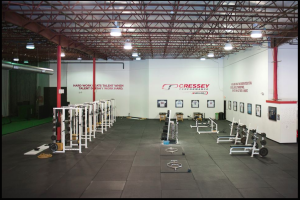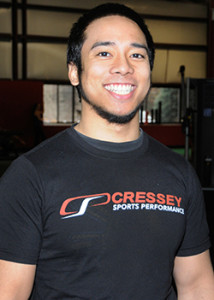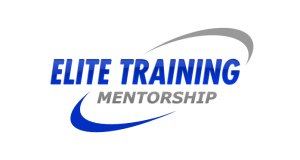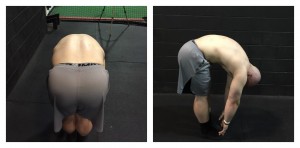A funny thing keeps on happening as I continue through the off-season for many of my clients: many individuals still have some sort of dysfunction present on a neuromuscular level.
What I mean by this is that despite the advanced assessment process, despite auditing how someone moves, and despite controlling for as many variables as I can from an exercise selection point of view, some people will still present with dysfunction.
Why is this? Isn’t the point of pursuing options like working with myself, and many other professionals on the continuum, to help improve functioning for whatever the individual desires/needs?
When it comes to the neuromuscular dysfunctions, I see many present with dysfunction with respect to cervical range of motion limitation, thoracic flexion/extension/rotation limitations, and pelvic stability issues.
These items can lead to a dysfunctional scapulohumeral rhythm (a dysfunctional rhythm is still, well… a rhythm), along with a lack of inability to negotiate gravity in an authentic manner in whatever capacity you choose to perform, among many other items that many professionals can point out as “dysfunctional.”
But what is the origin of said abnormal pattern?
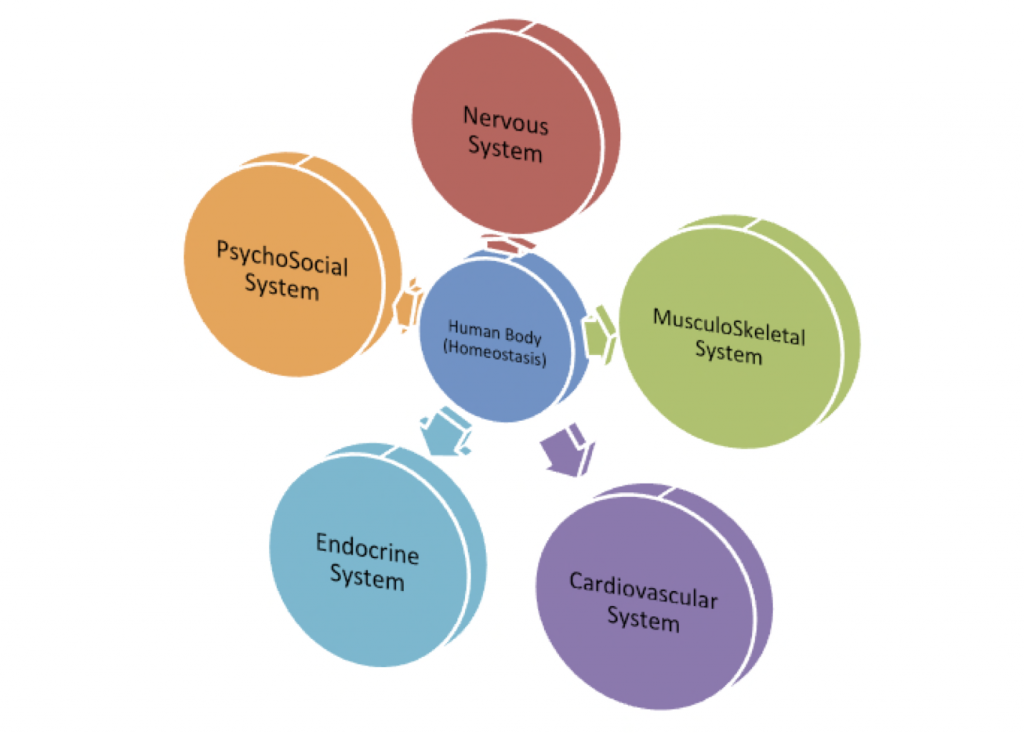
If I were to say the reason you are dysfunctional is because you play a specific sport, that would be an incomplete statement.
Playing a sport is not the real reason – many people play sports without dysfunction.
What is the Real Reason?
Some dysfunction can be due to necessary adaptations as a function of playing your sport, some are due to psychological/behavioral triggers, and others due to other things altogether.
I can play hockey for an hour, but I won’t develop a “dysfunction” comparatively to another person that has played hockey their whole life. In fact, my dysfunction might be that I play the sport of hockey poorly!
Back to my original point, many of the individuals I see are professional athletes. They do almost every rep under our eye, and they are being corrected to the next degree.
What gives? Why would these individuals still display a lack of full range of motion from Point A (end of an in-season) to Point Z (end of the off-season)?
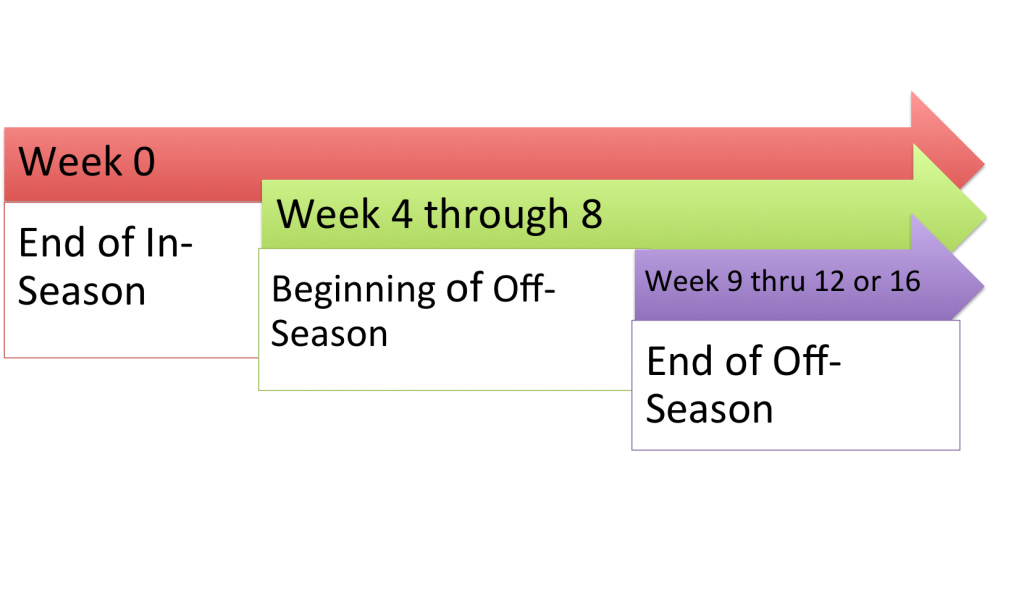
You’d expect there to be a radical change from a neuromuscular point of view, when in fact I am attempting to do an accumulation of these items:
- Improve neuromuscular movement quality from a full in-season
- Improve fitness qualities of strength, speed, power, and endurance to support a future pre-season and in-season
- Induce recovery methods via nutritional protocols and resting strategies, at appropriate times!
Playing “Who Done It?” with Dysfunction
The above dysfunctions could be due to many things:
- Fatigue and thus overuse of incorrect neuromuscular patterning (running too much without considering the tonic/phasic relationship of gait)
- Lifting too much without appropriate technique, which could lead to inappropriate mechanics, or altered kinematics with respect to everyday functioning
- Lack of appropriate equipment necessary to support a given task – running shoes to give an appropriate reference for your feet, ankles, and hips, appropriate cleats to push off with enough friction if playing baseball, or even the right headwear to support certain dance moves (headspins, for example).
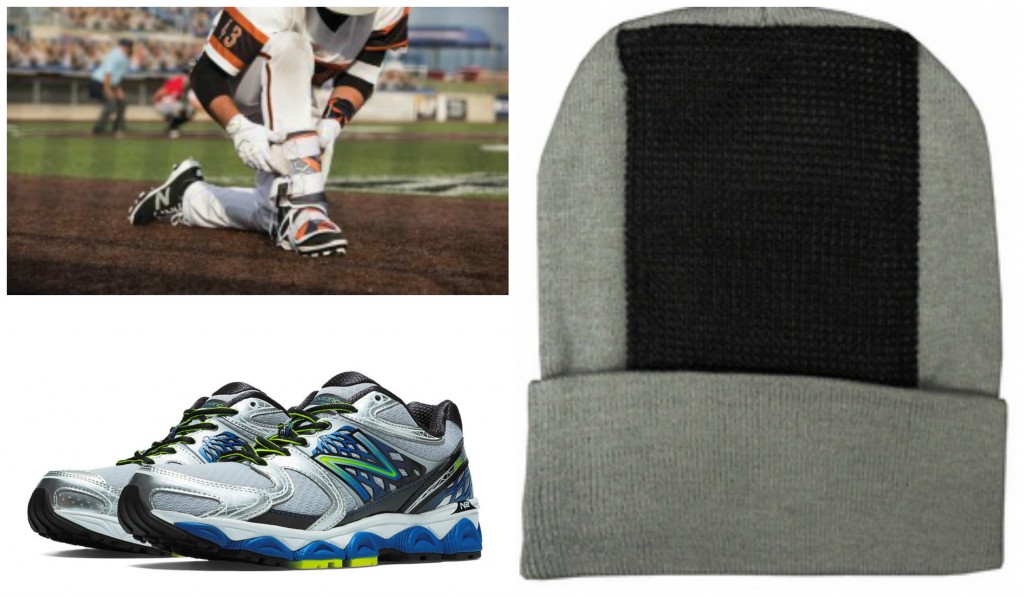
Cleats, Shin guards, Motion Control shoes, or even Headspin beanies could be pieces to the puzzle - Essentially if you play a sport, you will eventually need to practice that sport at some point when transitioning from your off-season to pre-season/in-season phases… and accumulated stress from practices, sessions, will happen. This sudden onset of stress from the reintroduction of neuromuscular patterning is necessary in order to get better at your sport specific skills.
Viewing the Forest for the Trees
Fatigue
If someone has enough requisite fitness qualities, you may need to develop their sport specific skillset.
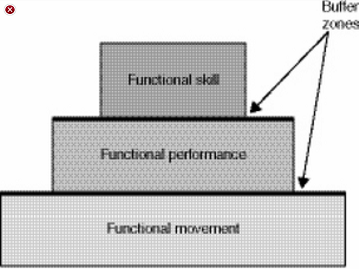
For example, I would consider my strength qualities to be relatively high in comparison to another individual with respect to powerlifting standards.
However, in order for me to develop the requisite fitness qualities necessary for me to play hockey for example, that extra strength won’t help transfer towards the endeavor. Thus, I’d fatigue a lot faster than someone else who has an exceptional aerobic capacity, and I would tire out trying to learn sport specific items that much faster.
Gym Logic
If someone is not strong, but technically sound from a sport specific point of view, well then get them stronger to support their technical output.
Essentially, if you move under load (a weighted barbell, for example) incorrectly, you are going to kick on a specific type of patterning. The following things can theoretically happen when performing movements in a gym:
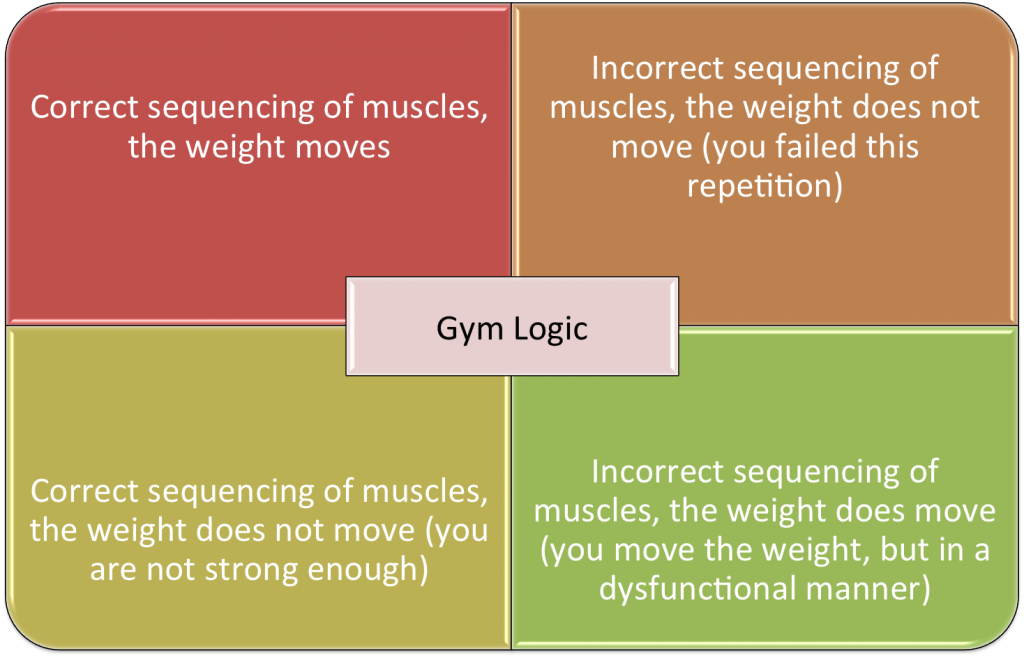
Using or Not Using the Appropriate Equipment
If someone needs equipment in order to perform better, allocating the best equipment will help deliver a better quality of performance. I don’t mean this as in the sense of “Go and get the new Jordan’s,” or even in the context of “MOM! I NEED THOSE SHOES!“
I’m including legitimate and appropriate equipment use in the context of these questions:
- Will the equipment in question allow you to deliver a better force production towards whatever endeavor you choose?
- Will the equipment in question allow you to deliver a better force absorption towards your chosen endeavor?
- Are you more efficient with the equipment?
- Are you less efficient with the equipment?
At the same time, to continue with the Devil’s Advocate, perhaps you don’t need to use certain equipment to further instruct or teach a specific lesson or skillset that you may have overlooked from a fundamental level. In other words, perhaps the equipment you have been using in the past have been a crutch for a lack of sports specific technique.
For example, not using a belt in powerlifting has been anecdotally beneficial for myself and others, and when putting the belt back on after a certain amount of time, there is increased strength that is observed.
Sudden Stress
If someone has a sudden onset of stress from, well quite literally anything, how can you manage it?
- Do you have a recovery plan for if someone goes on a 8 hour flight across the country, and they need to play about 2 hours right after they get off the plane?
- What happens if the person has next to no sleep because of family responsibility?
The following solutions for a sudden onset of stress come to mind:
Solutions:
- Mindfulness, or meditative practice
- Create a robust aerobic engine (doing so for weeks or even months) in anticipation of systemic stress to allow for better parasympathetic functioning in the face of a sudden sympathetic stressor
- If systemic stress causes a lack of mobility to occur, choose series of exercises that will circumvent this lack of mobility that may be necessary
I bring up all of these seemingly minute details because I am attempting to explain that as a strength coach, personal trainer, or whatever other title you can give me, sometimes I do not have access to the whole picture that is often viewed as a large jigsaw puzzle.

I can see parts of a cloud, and I can see some trees, but when I’m attempting to fill in the corner of the puzzle, I can’t fill it in when I don’t know even know what it looks like.
Now, imagine a jigsaw puzzle that has a certain window of opportunity to be completed in – and you are all of a sudden on a time crunch, with limited resources!
We Are All Pieces to the Puzzle (Whether Or Not You Realize It)
For what it is worth, we (collectively) as a profession are all parts to a much larger puzzle.
- Those of us that crush our athletes through “extraneous” work and drills are attempting to fill in their pieces of the puzzle with what they believe works by violently thrashing the table around, hoping the pieces of the puzzle will eventually fit.
- Those of us that don’t create resiliency for our athletes by excessively giving fluffy exercise intensities and selections are likewise attempting to fill in their portion of the puzzle. They do so delicately, and with great precision, because to them every green piece looks like a part of a tree.

- Unfortunately, they forget that they have the rest of the picture to complete, and they feel satisfied that they placed one piece of the puzzle in the correct spot, yet there are 9,999 more pieces to place down to complete the puzzle.
- Those of us who attempt to improve recovery through nutritional and/or therapeutic modalities are necessary, and yet again are still just one piece of the puzzle. I hope this analogy makes sense, as I can keep on going on!
And to push this issue even further, if you have the capacity to carry a piece of the puzzle to fill in the larger picture, do you even have the ability to communicate to others who are on the other side of the puzzle to make sure you’re in the right spot, at the right time?
What happens if you recognize that a piece of the puzzle is missing from the whole picture? Do you know who to call to help fill that piece in, even if they aren’t part of your specific group of friends trying to help fill it in?
—-
I find that the more I seek understanding of a certain topic(s), I uncover more questions that I didn’t even realize were relevant questions at the time.
As always,
Keep it funky.





